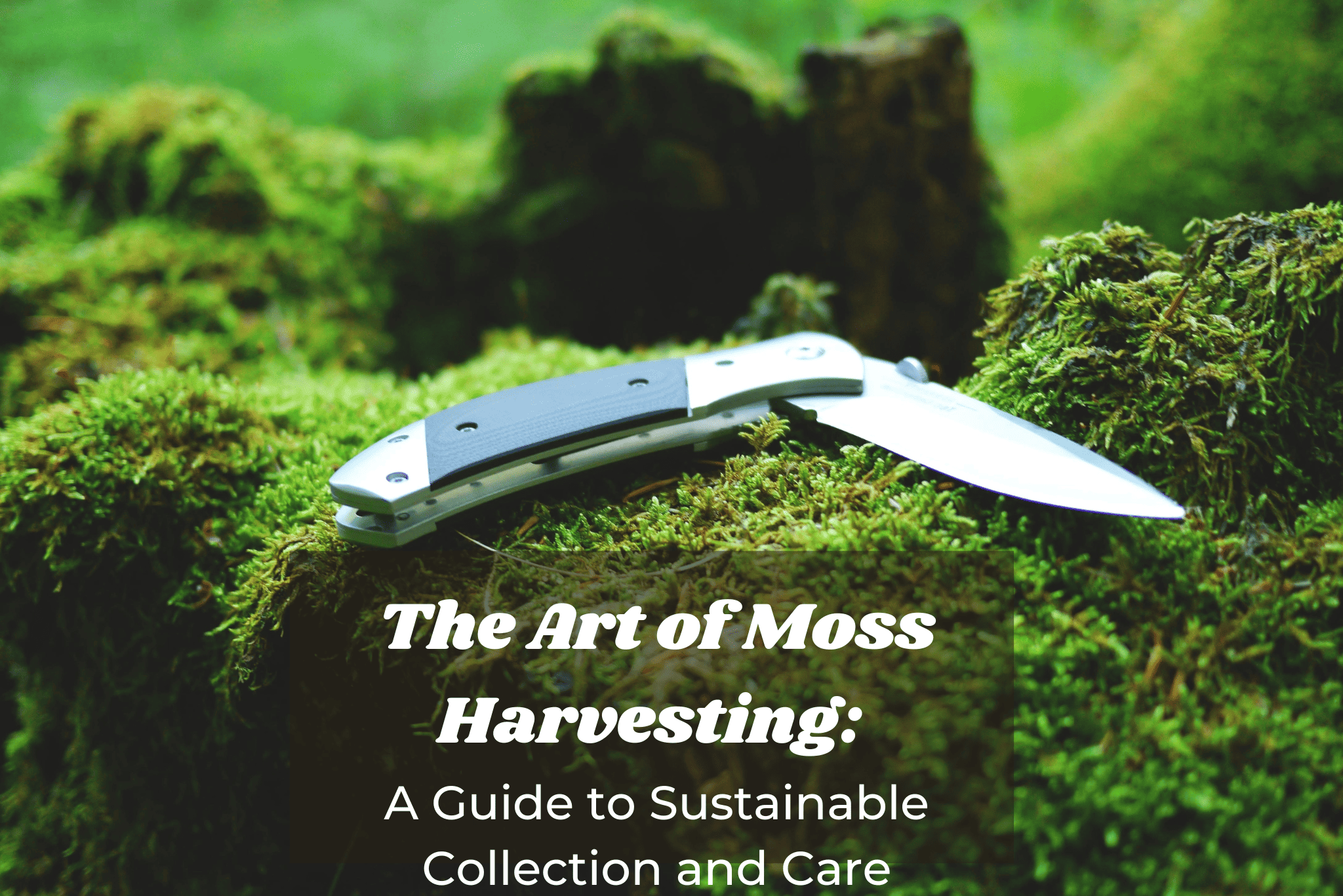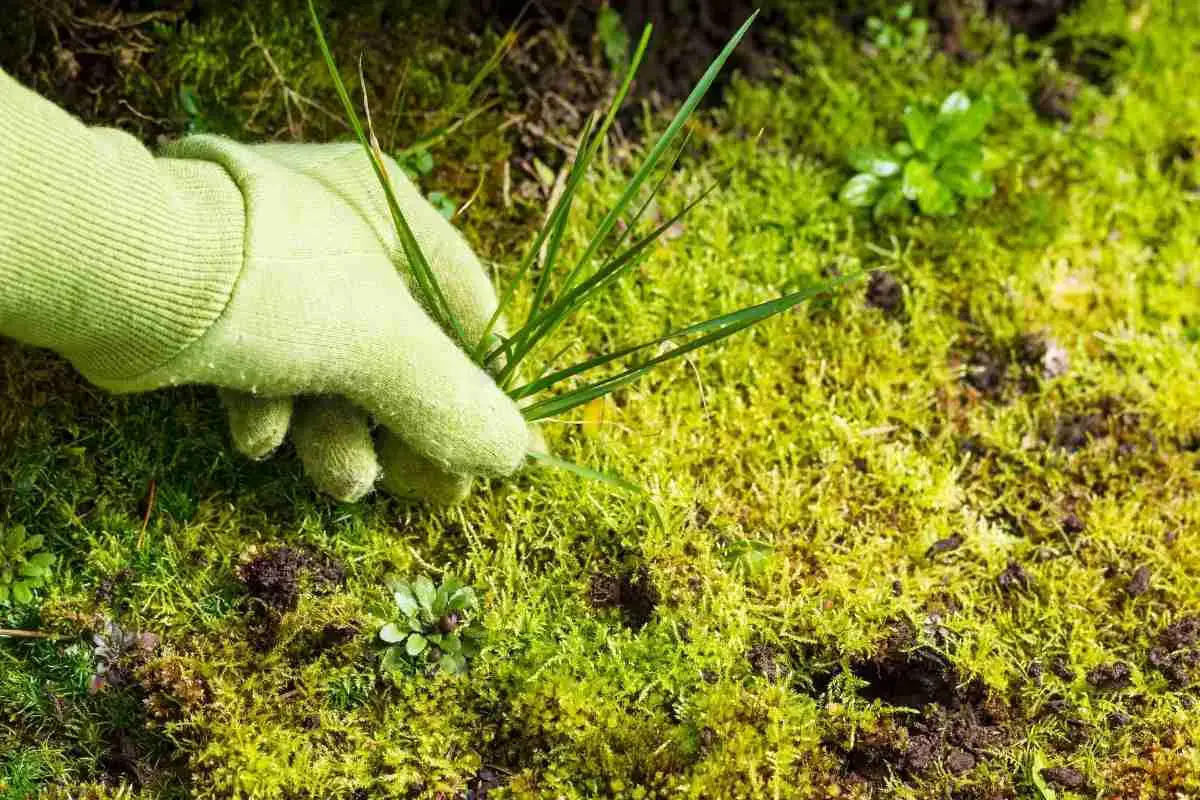
8 Simple Tips For Keeping Moss Alive!
Read more
Does Moss Need Sunlight?
Read more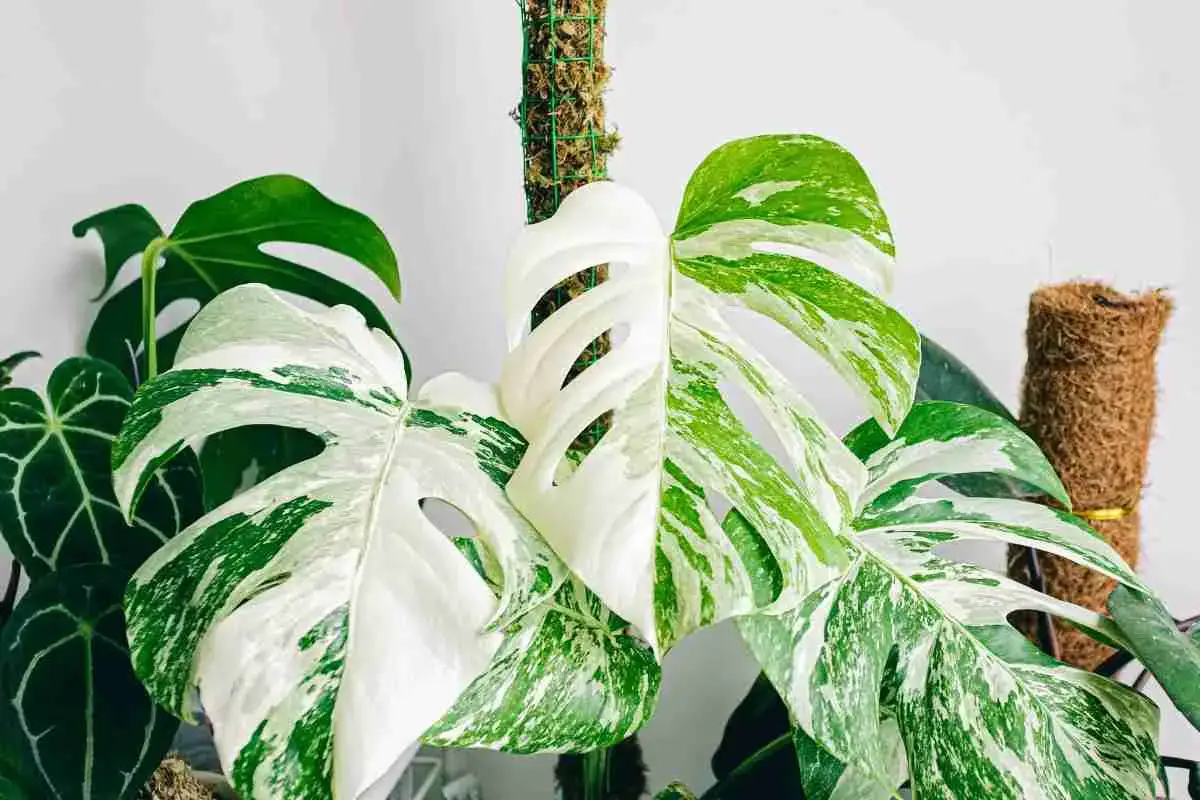
8 Unique And Creative Moss Pole Alternatives
Read more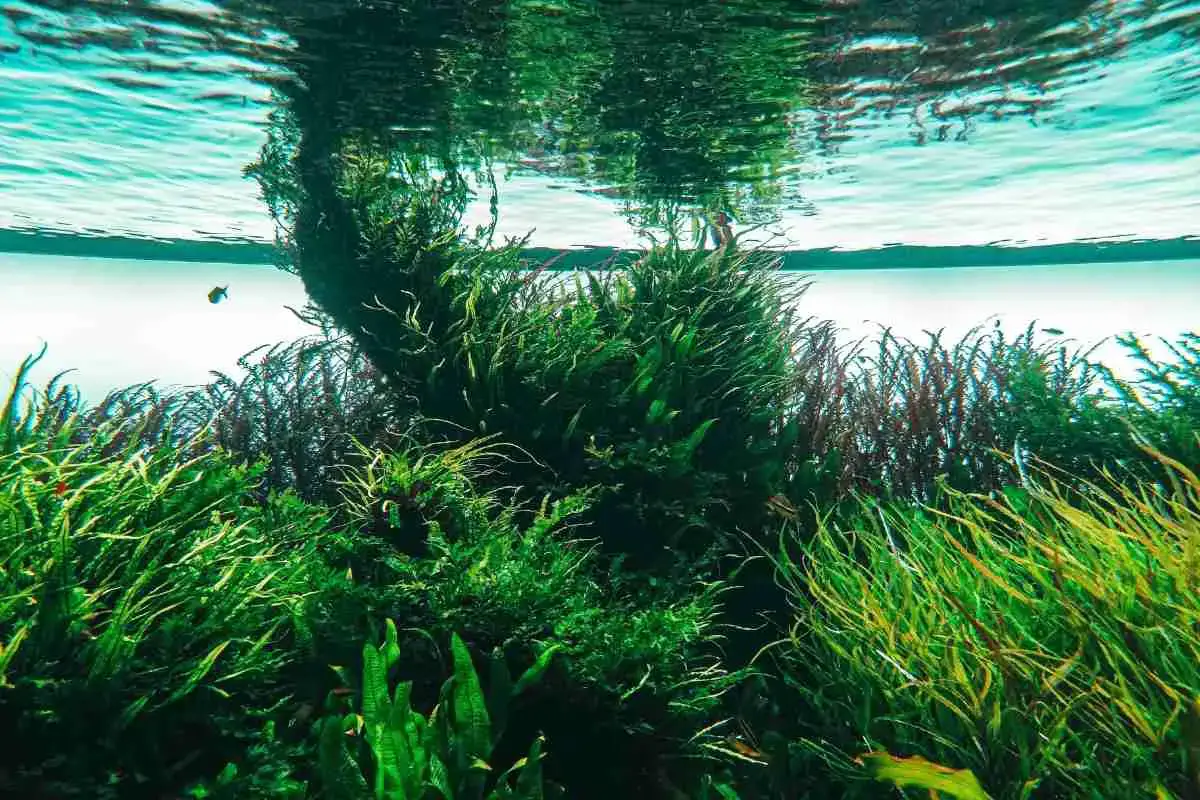
Is Algae A Decomposer? The Surprising Truth!
Read more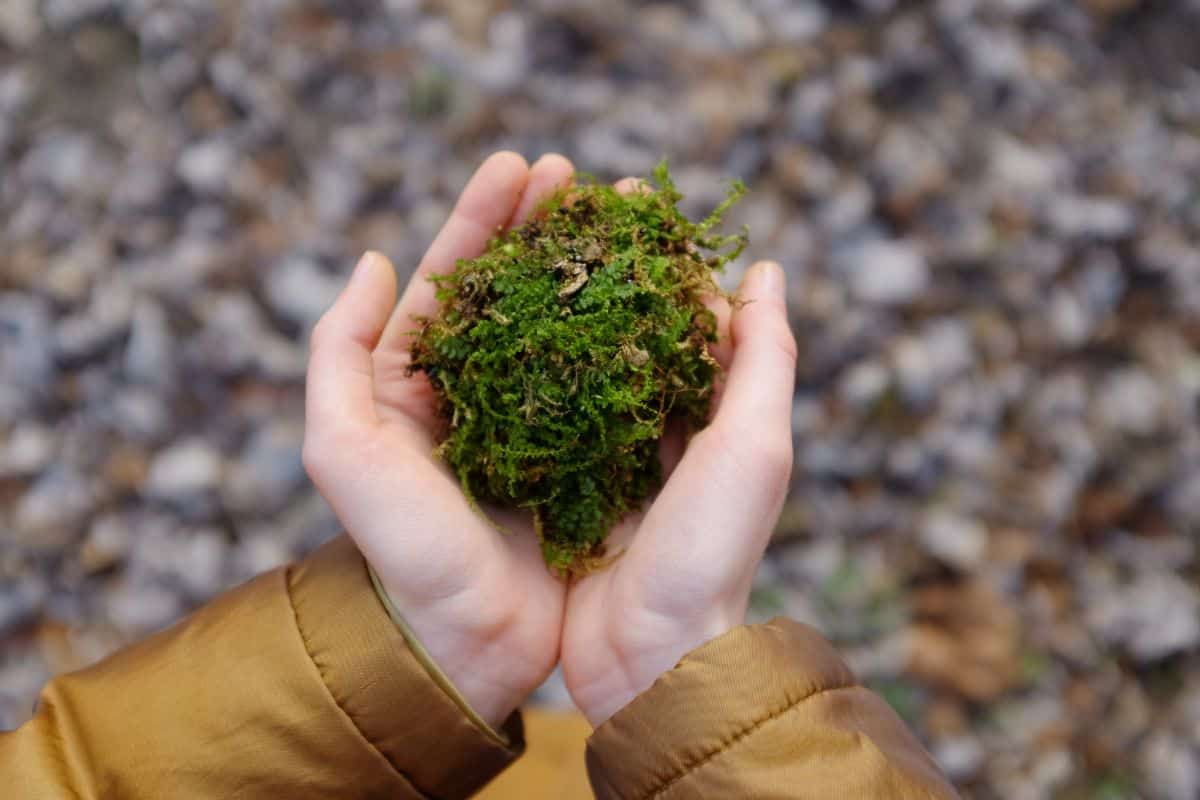
How Long Does Sphagnum Moss Last?
Read more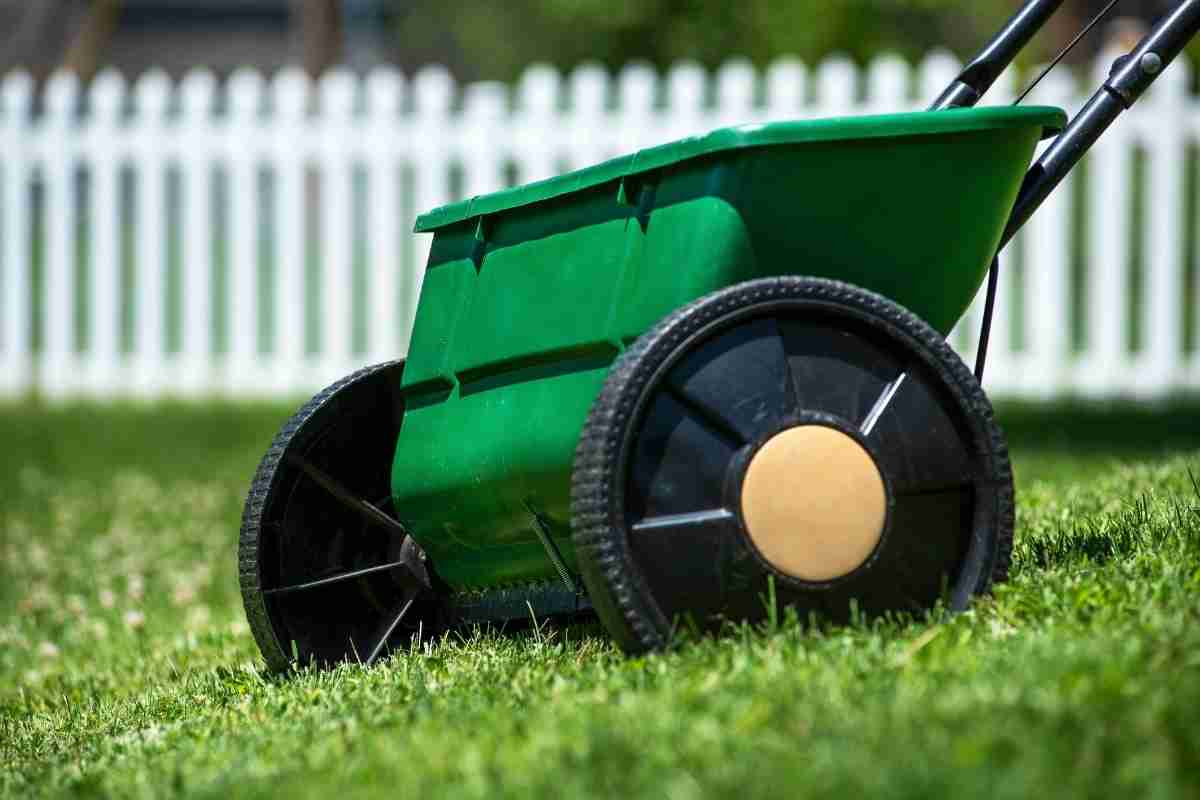
7 Peat Moss Spreaders: Perfect To Use On Lawns
Read more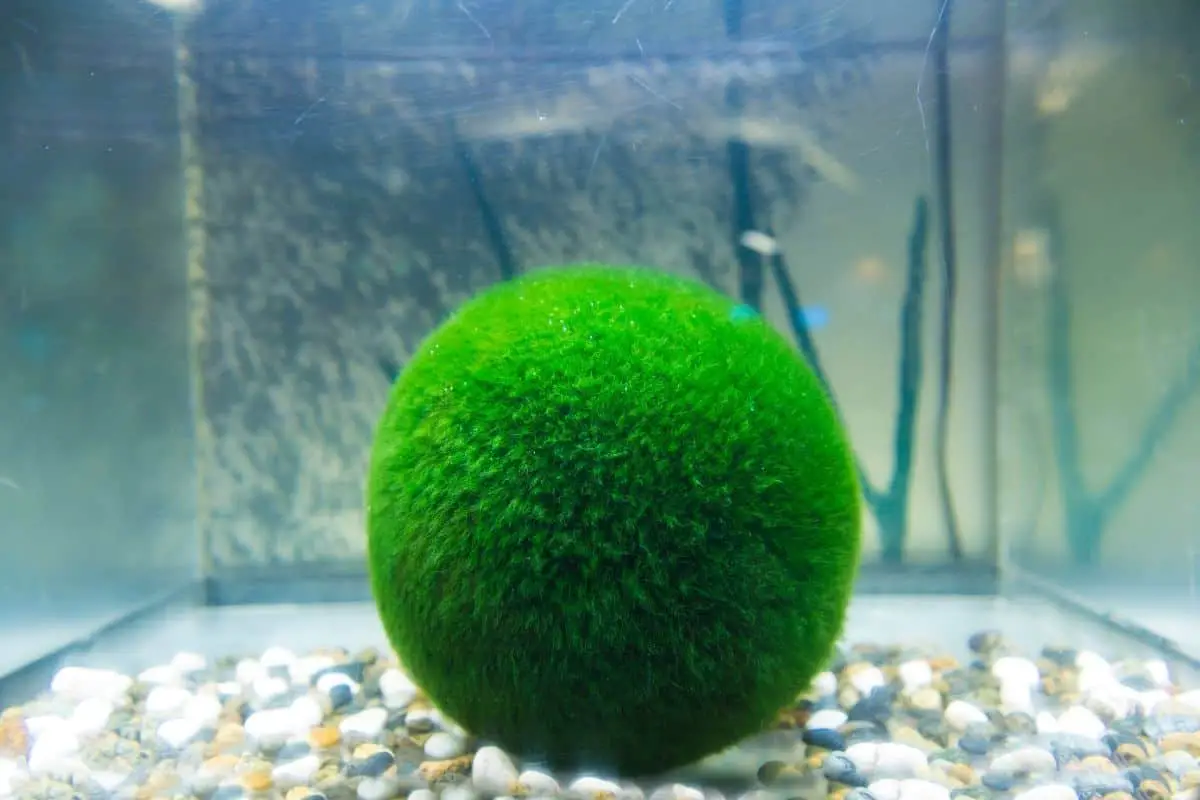
Do Moss Balls Need Food? Moss Ball Care!
Read more
How To Grow Moss On 12 Different Surfaces Step By Step
Read more
What Is The Best Time Of Year To Remove Moss From Roof?
Read more
How To Remove Moss From A Roof With Vinegar?
Read more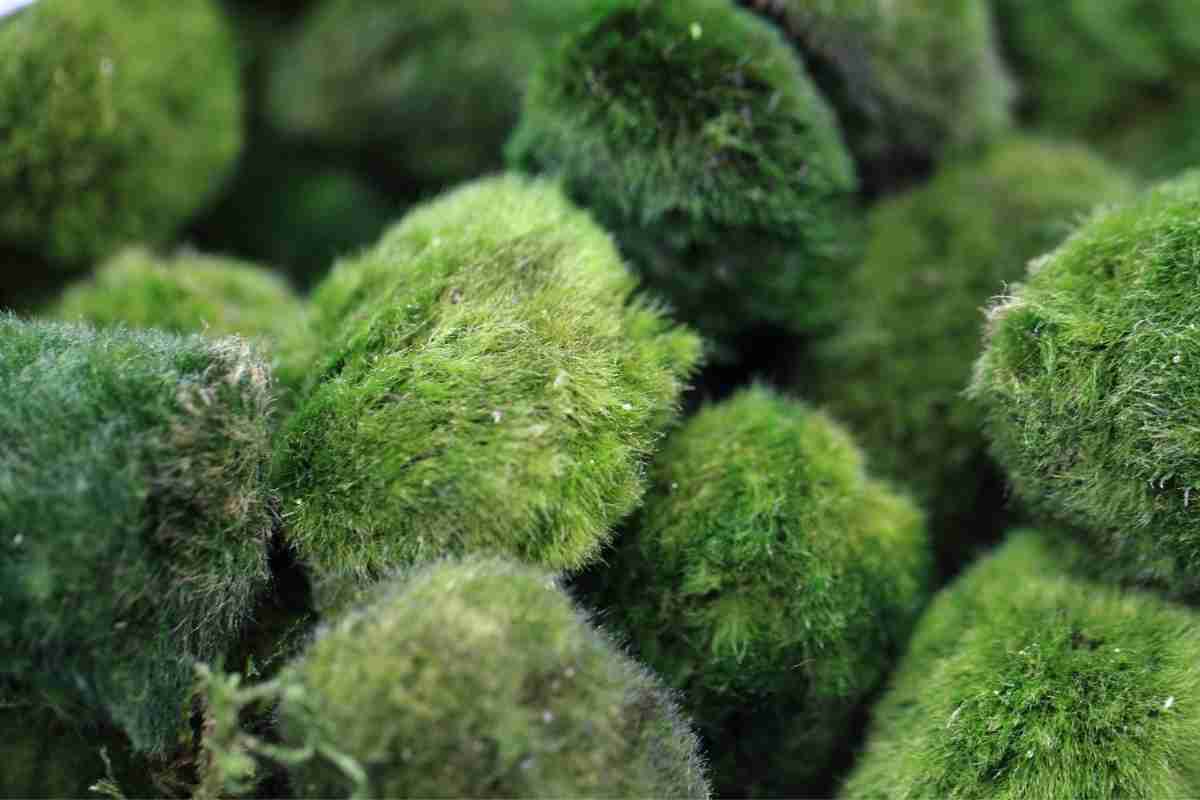
What Are Moss Ball Pets? Detailed Guide!
Read more